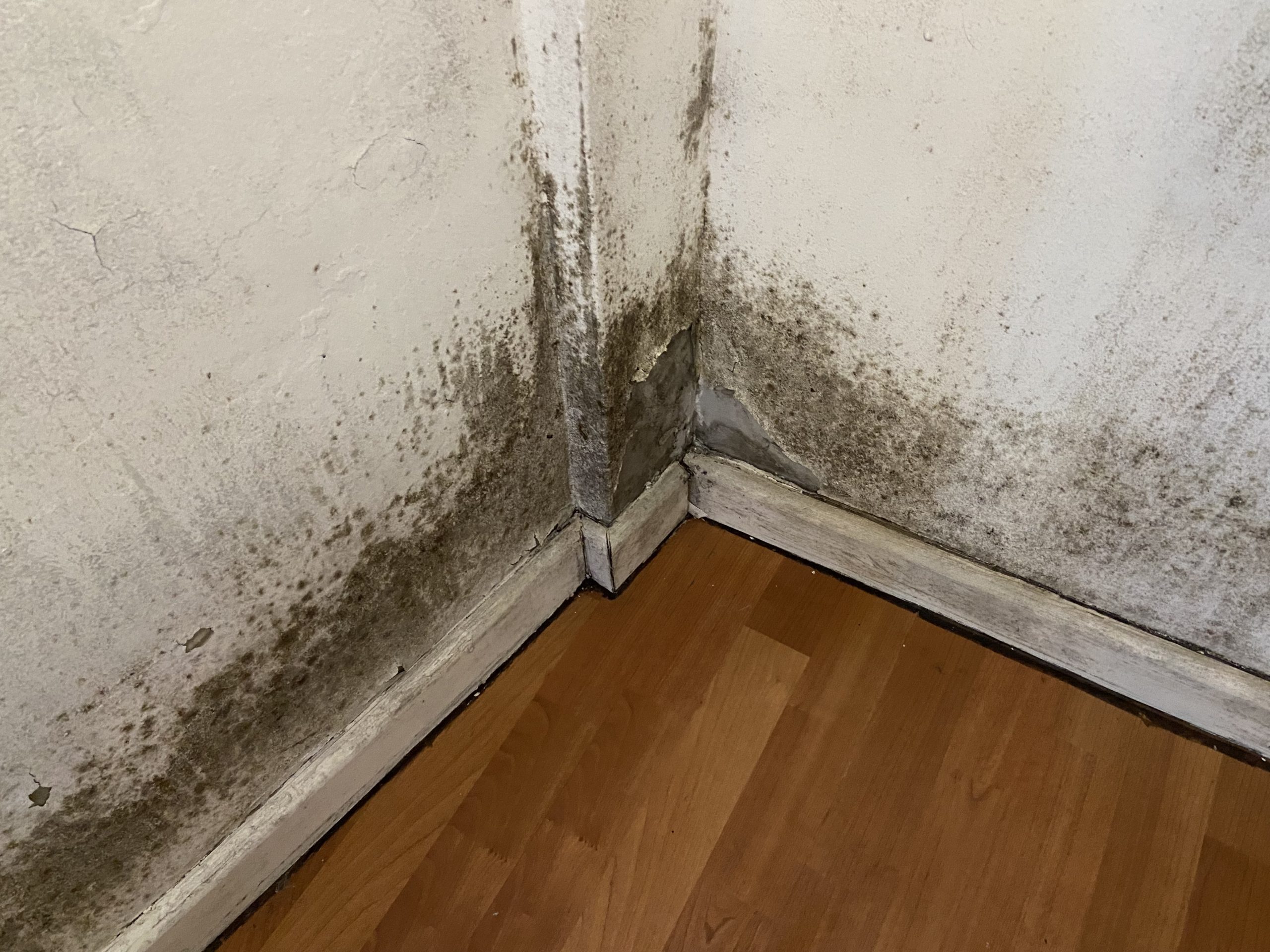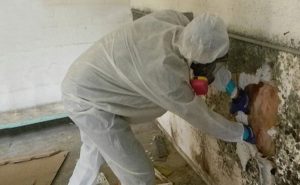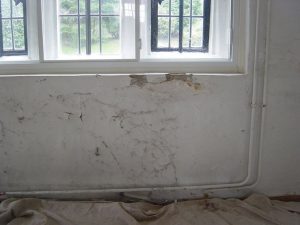Stachybotrys, also known as black mould, is a type of mould that can be found in homes and buildings. It is often associated with damp and humid conditions, and is known to produce toxic spores that can be harmful to human health. The presence of Stachybotrys in a home can be a serious concern, and should be addressed as soon as it is detected.
Short term exposure to black mould can cause a range of health issues, including cold or flu-like symptoms, moderate allergic reaction and even minor neurological symptoms.
People with compromised immune systems, young children, and the elderly are at a higher risk of developing health problems as a result of exposure to black mould.
Stachybotrys is often found growing on building materials that have been exposed to moisture either through humidity, leakage or rising damp.
Materials such as plasterboard, ceiling tiles, and insulation are especially susceptible to black mould growth.
Long term exposure to stachybotrys can result in some very serious health problems such as respiratory failure and toxic shock syndrome. It should be noted that in 2022 the NHS recorded 14 instances of premature death as a result of “an adverse reaction to black mould”.
It is important to address any mould growth in a building as soon as it is discovered, as it can continue to grow and spread if not properly removed.
If you are concerned about black mould in your home, it is important to take action as soon as possible to address the problem. Not only is black mould a health hazard, but it can also cause structural damage to your home over time.
Rochester Building and Damp can help to ensure that your home is safe and healthy for you and your family.
Contact Us today to arrange a FREE, No Obligation, Survey and Report.





